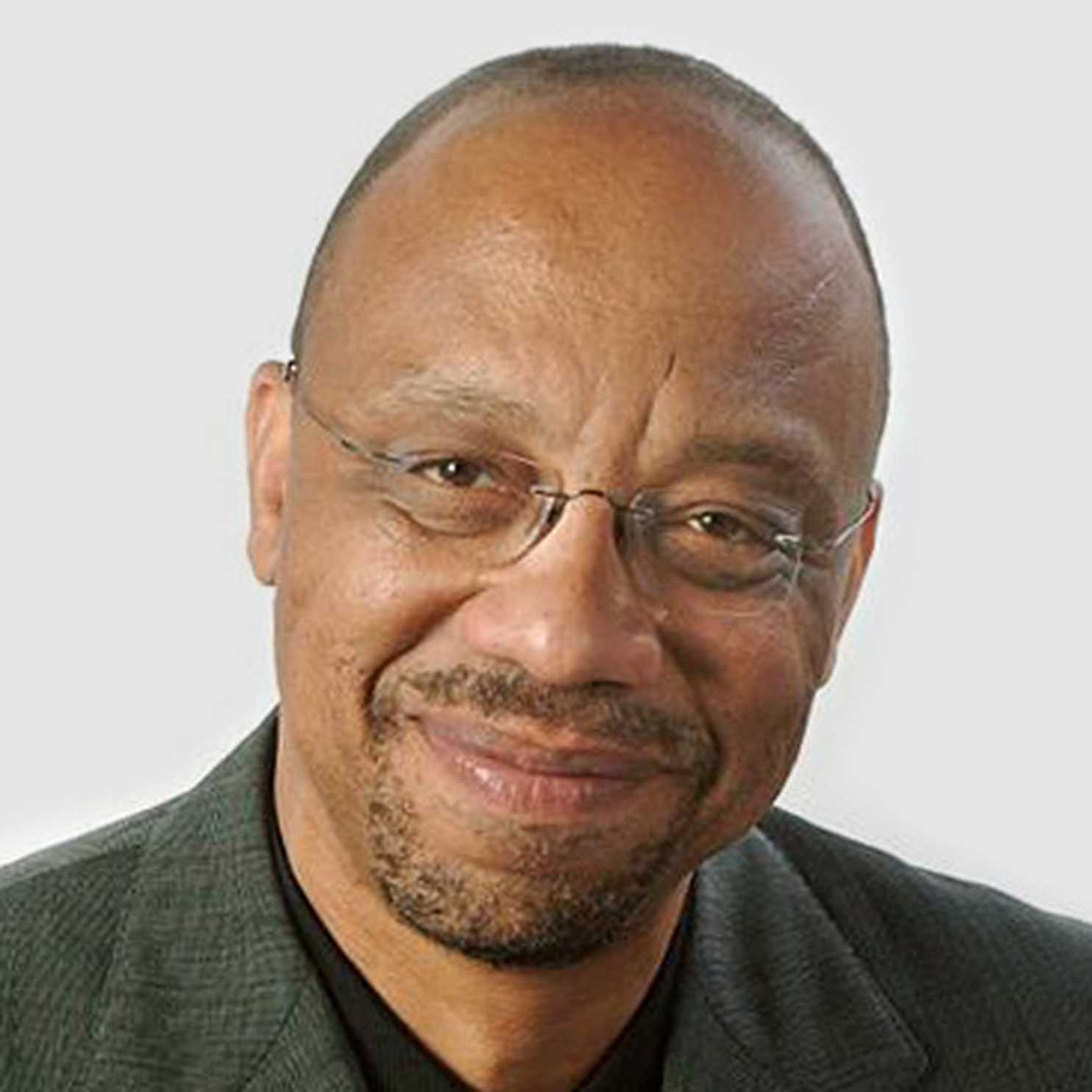Why does Donald Trump say such nice things about Vladimir Putin and Russia? What is Trump hiding in the tax returns he refuses to release? And are those two questions related?
Voters should demand answers. Until we get them, we can only speculate about Trump’s weird admiration for a strongman who presides over a system of autocratic cronyism, flouts international law with his territorial ambitions, works against U.S. interests in hotspots around the globe, and might have even deployed computer hackers to meddle in our election.

There may be nothing nefarious here; perhaps Trump just admires Putin’s swaggering style. But there are reasons to wonder whether Trump’s warm-and-fuzzy feelings are prompted by financial motives.
“Reasons to wonder” normally do not qualify as legitimate fodder for journalism, but these are not normal circumstances. Trump has broken with four decades of precedent and adamantly refused to let voters see his tax returns. His excuse — that he is under audit — is bogus. Given his history as a swashbuckling wheeler-dealer, including four corporate bankruptcies, there are legitimate questions about his finances. Yet he stonewalls, knowing that speculation does not qualify as proof.
Here’s what we know. In July, Trump said in a tweet that he has “ZERO investments in Russia.” If this is true, the more relevant question may be the extent to which Russian oligarchs, by definition beholden to Putin, have investments in Trump and his empire.
In 2008, Trump’s son, Donald Trump Jr., said at a New York real estate conference that “Russians make up a pretty disproportionate cross-section of a lot of our assets.” Referring to the Trump Organization, where he works with his father, he added that “we see a lot of money pouring in from Russia.”
That boast would make perfect sense. Following the bankruptcy of Trump Hotels and Casino Resorts in 2004 — which involved three casinos in Atlantic City and one in Indiana and allowed Trump to get out from under an estimated $1.8 billion in debt — banks became wary of lending to Trump, according to widespread reports.
A 2010 federal lawsuit alleged that much of the money that financed the Trump SoHo luxury hotel development in Manhattan, which broke ground in 2006, came from a shadowy Iceland-based corporate entity. The suit alleges that “the money behind” the firm was “mostly Russian” and that the Russians involved “were in favor with Putin.”
Trump was not charged with any wrongdoing in the suit, but the suit does suggest that if traditional lenders were reluctant to get involved with Trump, Russian money had no such compunctions.
Which raises an obvious question: To what extent are Trump and the Trump Organization dependent on Russian investment? We have no way of knowing. Examination of Trump’s tax returns might provide the answer.
We do know that Trump considered Russian oligarchs prime customers for high-end properties. In 2008, he sold a Palm Beach mansion to billionaire Dmitry Rybolovlev for $95 million. Less than four years earlier, Trump had picked up the property at a bankruptcy auction for $41 million — meaning he made quite a tidy profit. Rybolovlev, who was then worth nearly $13 billion, is not believed to be as close to Putin as some of the other oligarchs, but neither is he in any sense an opponent of the regime.
Despite earlier claims to the contrary, Trump now says he has never actually met Putin. He tried his best to do so in 2013, when he took his Miss Universe pageant to Moscow, but Putin canceled a planned meeting and sent a lacquered box as a present instead, along with what was described as a warm note.
In his campaign, Trump has consistently called for better relations with Russia. He has accepted Russia’s annexation of Crimea as a fait accompli and suggested he might not come to the aid of the Baltic states if Russia invaded. Trump’s former campaign chairman Paul Manafort did extensive work on behalf of Viktor Yanukovych, the thuggish Putin-backed Ukrainian president who was ousted in 2014 and lives in exile in Russia.
As a general rule, I don’t believe in conspiracy theories, and I do believe in coincidences. But Trump’s chest-thumping “America First” attitude toward the rest of the world seems to make an exception for Russia, and we need to know why.
Trump supporters will say I’m speculating without the relevant facts. I say provide them: Release the taxes, now.
Eugene Robinson writes for the Washington Post Writers Group.
